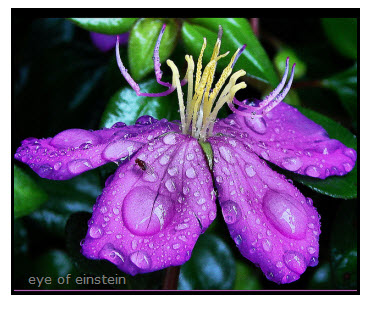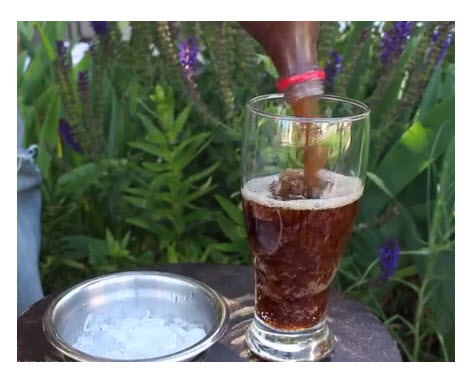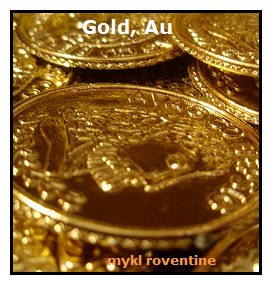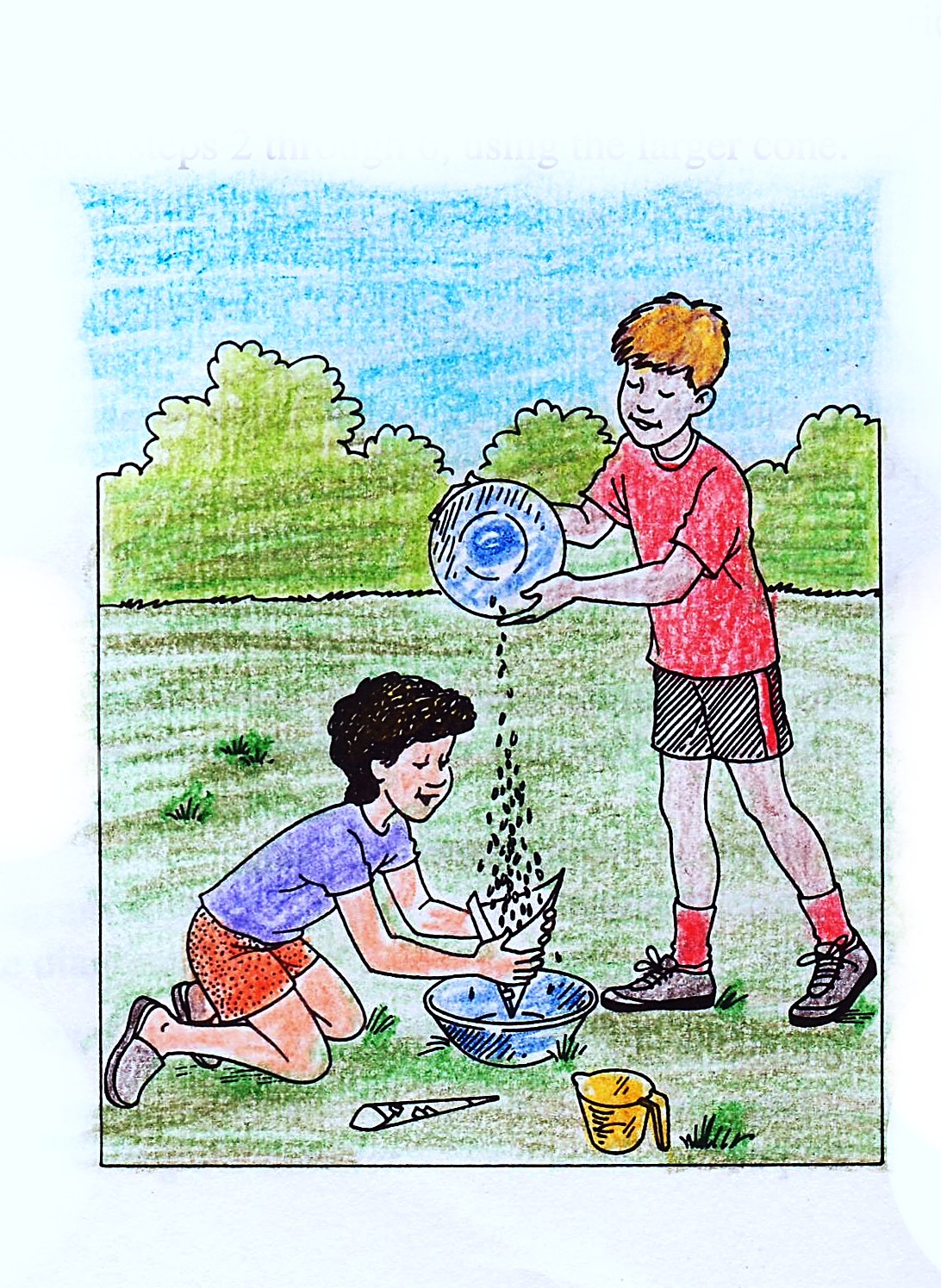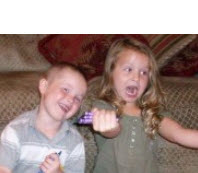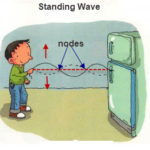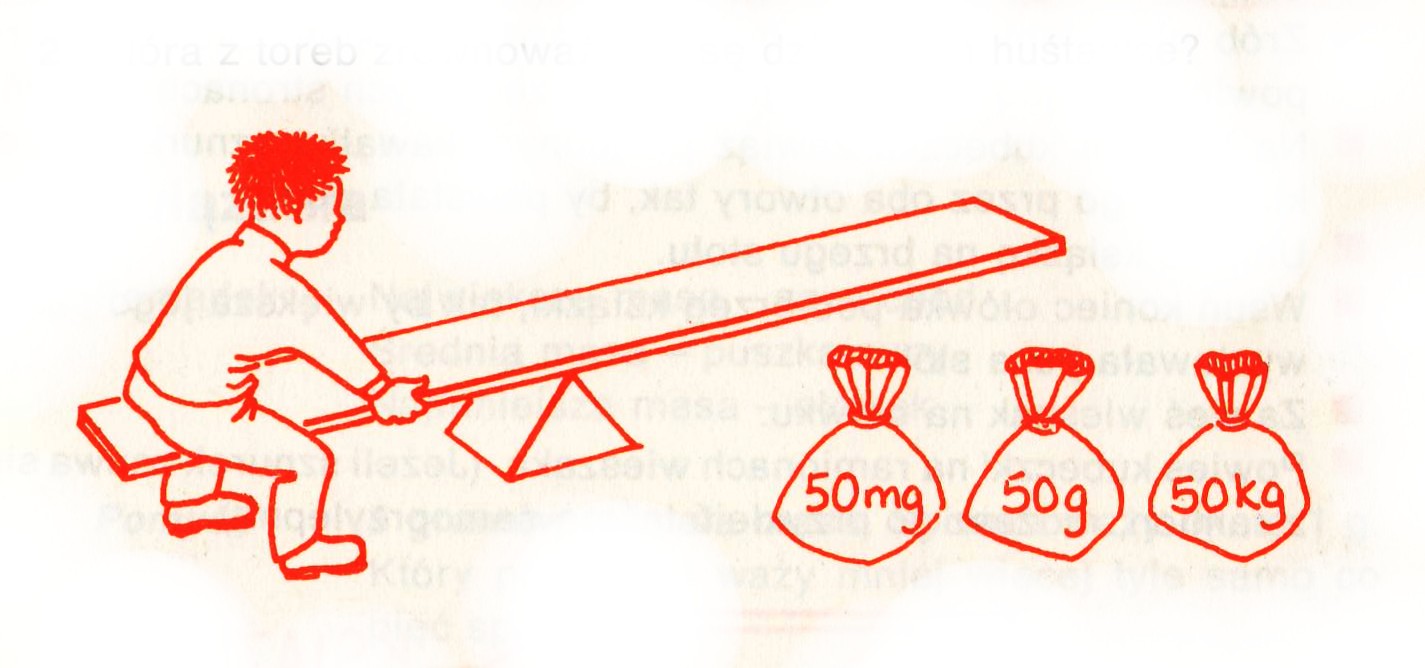Demonstrate the Water Cycle. 1. Fold a paper towel in half twice. 2. Lay the folded paper towel on a table and stand a glass on it. The glass must be large large enough to support a 16-ounce (480-ml) plastic soda or water bottle as shown. 3. Fill the bottle half full with warm tap […]
Super Cool Crystalization
How to Make a Soda Slushy Super Cooled: An aqueous solution is super cooled when it is liquid at a below the freezing point of water (32oF (0 oC). Crystal: Solid, 3-D matter made up of atoms, molecules, or ions in a regularly ordered pattern. Crystallization: The process of matter changing into a solid crystal state; Pressure: A […]
Alchemy
If It’s Yellow, It Must Be Gold In the past, some chemists believed that gold could be made from common materials. Some believed that since gold has a yellowish color, then yellow things, such as sulfur and even egg yolks could be changed into gold. These scientists are called alchemists. When working on a recipe […]
Bug Treats?
Question: Do some people really eat bugs? Answer: Yes, some people eat bugs as part of their diet. The practice of eating insects is called entomophagy. Insects are high in nutritional value, low in fat and inexpensive. Sounds like the perfect choice for a low-cal diet. Instead of spending money on sprays to kill roaches, […]
Telescopes and Binoculars
Telescopes and binoculars are called optical instruments. These instruments increase the power of human vision. Telescopes and binoculars help you see thing that are at a distance from you. The part of the telescope or binoculars you look through is called the eye piece. The opposite end is called the objective end. The size of […]
Using Crayons to Teach Classification
A Fun Classification Activity for Young Learners What Does Classification Mean? Classification is another name for organizing things. The children shown are helping me test one of my activities about classification. I wanted to know if very young kids could do a simple classification activity. The kids were instructed to find as many crayons of […]
Clouds
Clouds form when liquid water from rivers, ponds, oceans, lakes, swimming pools, etc. evaporate. Evaporate means to change from a liquid to a gas (at a temperature that is lower than the boiling point of water–212 degrees F or 100 degrees C). Since water is usually a liquid, its generally called water vapor to indicate […]
Science Magic: Standing Wave
Set UP: Secure a 3 feet (1m) string between two stationary objects. The string should be taut. Clip paper clips to the string so that they hang freely and can spin around the string. The number of paper clips is up to you. You might try some of the colored paper clips just for fun. […]
Relating Science and Math
A make-shift see-saw in the center of my classroom got the attention of the kids entering my math class. I had borrowed a saw-horse and a long board from builders who were making repairs on the school. The see-saw was one of many science experiments that I used to teach math. But even in a […]
Tips for Making Science Fun For Kids
As a teacher, you have your own “magic touch” that makes lessons come alive. For me, the following tips along with my own excitement helped stimulate interest. Hands-on activities, such as investigations that kids can do themselves. Kids want to be active problem solvers. Investigations that have just a touch of magic to make kids […]
- 1
- 2
- 3
- …
- 96
- Next Page »
